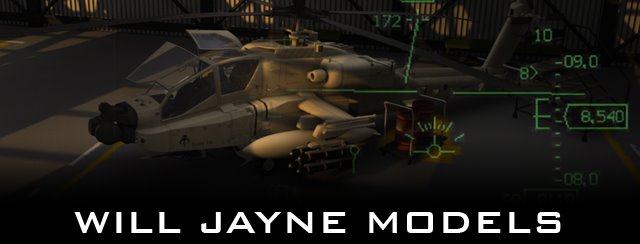Basically cats are really really agile. And toast just plain hates you.
The reason cats are so unique in their agility and grace of movement lies in their unusual anatomy.
Cats can react so quickly and have such quick reflexes because their muscles are adapted for quick burst of intense energy release. They are poorly adapted to edurance activities, with a few exceptions. Domestic cats are miniaturized versions of their larger couzins such as tigers and cheetahs, their anatomy is largely similar in its bone and muscle make up.
They are able to perform movements which require a quick burst of energy, like pouncing several feet. However this drains their energy and only a small number of these types of movements can be done before fatigue sets in. The type of muscle cell responsible for this is called a "fast twitch fatiguing cell."
However cats are also able to hold difficult poses and balances for long periods of time because of several areas of "slow twitch cells." These enable the cat to crouch before a pounce and stay very still, or balance in a tree for a long time. The two combined are a perfect combination for the cat's ambush predator style of hunting. Below is an illustration showing how the muscles are arranged in the cat's body:
The cat's skeleton also plays a very impotant part in their movement. The feline skeleton is amazingly strong and lightweight. It is made up of 234 individual bones, and the hip area is esecially strong to allow cats to jump great distances.
The most intersting aspect of the feline skeleton is the floating scapula. The cat's shoulder bone is not attatched to the rest of the skeleton in any way, and is held in place by strong and tightly bunched musclature. This allows the forlimb to twist in almost any direction, and give the shoulder area a huge range of movement. This feature is very unique, and is a big part of their evolutionary success. All these traits combined make for a very tough and robust animal. They can easily recover from falls of great height, and they recover well from broken limbs.
From a rigging perspective this anatomy presents some unique challenges. The skeleton is much like any other quadroped, but asects such as the floating shoulder make it unusual.
It is likely that the solution to this particular problem in the shoulder will involve some of the transform attributes of the bone being left in the channels, to simulate the floating scapula. The bone will also retain its rotate channels. This makes it unlike Melvin's rig, and controlling the shoulders will be an interesting challenge.
References:



No comments:
Post a Comment